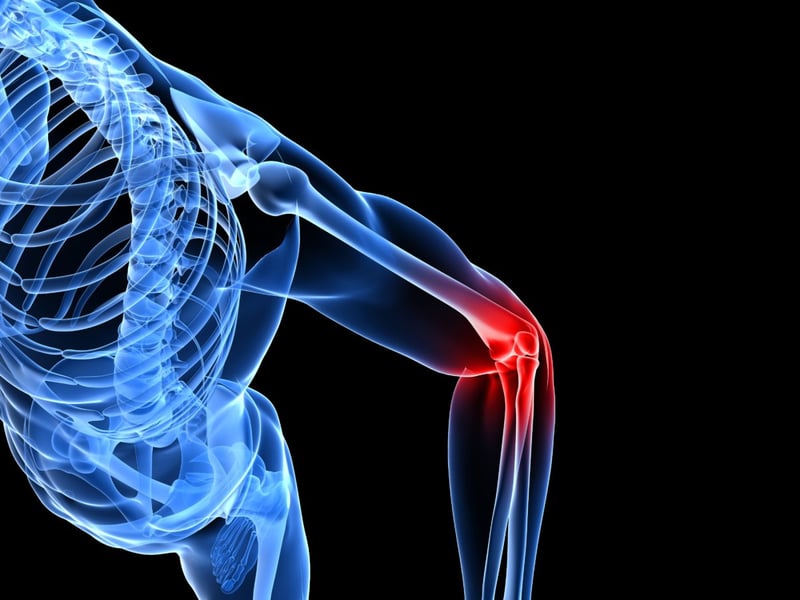
Mayberry, J., Mullen, S., & Murayama, S. (2020). What Can a Jump Tell Us About Elbow Injuries in Professional Baseball Pitchers? The American Journal of Sports Medicine, 1(6), DOI: 10.1177/0363546520905543.
ELBOW INJURY RISK #1: ⇩ LOAD
ELBOW INJURY RISK #2: ⇧ DRIVE, ⇩ EXPLODE
ELBOW INJURY RISK #3: ⇩ DRIVE, ⇧ EXPLODE
“Combining CMJ scans with other diagnostic tools may provide a powerful battery of tests to use in identifying pitchers at high risk. By focusing on specific deficiencies in movement during CMJ testing, one can also prescribe preventive measures to strengthen athletes and decrease injury risk.”
Population: 524 player-seasons of data from 274 professional baseball pitchers.
The questions covered:
Is Sparta Science’s Jump Scan a valid tool for determining injury risk in professional baseball pitchers?
Background: The incidence rate of elbow injuries has been rising in recent years among professional baseball pitchers. Determining valid screening procedures that allow practitioners to identify pitchers at an increased risk of such injuries is therefore of critical importance.
Purpose: To validate the use of countermovement jump (CMJ) tests as a diagnostic tool for pitcher conditioning.
Study Design: Case-control study; Level of evidence, 3.
Methods: More than 500 pitchers at a single professional baseball organization performed preseason CMJ assessments on a force plate before the 2013 to 2018 seasons. Three measurements were extracted from ground-reaction force data during the test: eccentric rate of force development (ERFD), average vertical concentric force (AVCF), and concentric vertical impulse (CVI). Athletic trainers at the organization collected detailed information on elbow and shoulder injury rates as well as workload (pitch count) throughout the rest of the season. Poisson regression models were fit to investigate the dependency of injury rates on CMJ test performance.
Results: ERFD, CVI, and AVCF were all significant predictors of elbow injury risk after accounting for pitcher age, weight, and workload. The analysis identified 3 specific indicators of heightened risk based on the results of a CMJ scan: low ERFD, a combination of low AVCF and high CVI, and a combination of high AVCF and low CVI. In contrast, shoulder injury risk was roughly independent of all 3 CMJ test measurements.
Conclusion: This study supports the hypothesis of the entire kinetic chain’s involvement in pitching by establishing a link between CMJ test performance and elbow injury risk in professional baseball pitchers. CMJ assessment may be a powerful addition to injury risk alert and prevention protocols. Pitchers in high-risk groups can be prescribed specific exercise plans to improve movement imbalances.